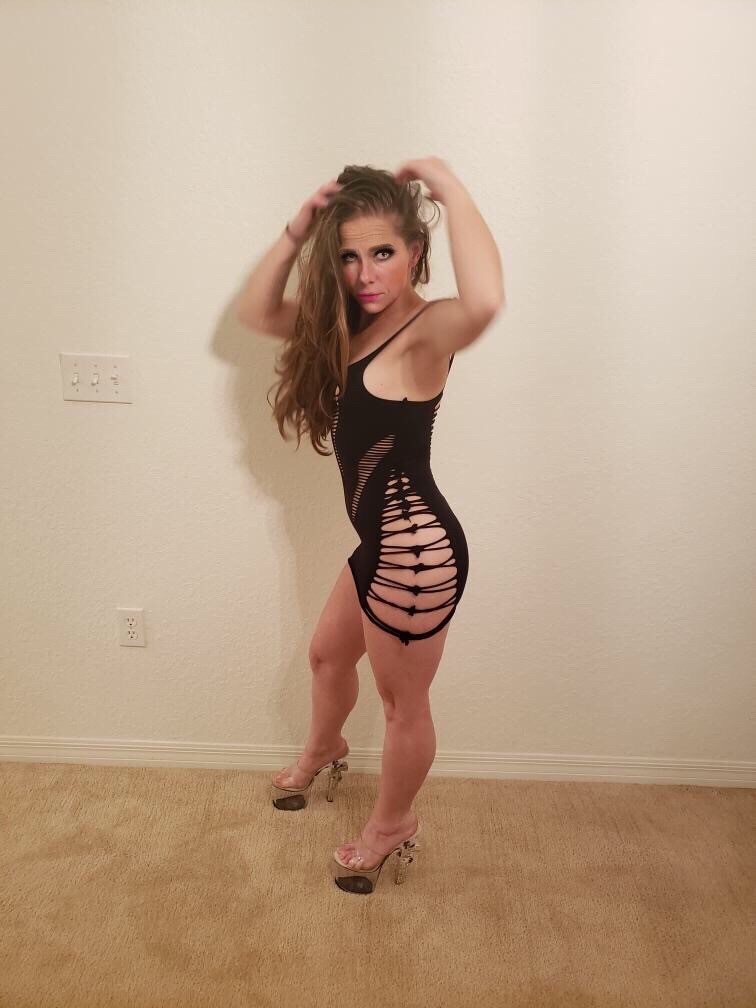A division of TAMV LLC
A division of TAMV LLC

Easter traditions and symbols have evolved over time, though some have been around for centuries. While to Christians, Easter is the celebration of the resurrection of Christ, many Easter traditions are not found in the Bible. The most prominent secular symbol of the Christian holiday, the Easter bunny, was reportedly introduced to America by the German immigrants who brought over their stories of an egg-laying hare. The decoration of eggs is believed to date back to at least the 13th century, while the rite of the Easter parade has even older roots. Other traditions, such as Easter candy, are among the modern additions to the celebration of this early springtime holiday.
Where did the Easter bunny come from? The Bible makes no mention of a long-eared, short-tailed creature who delivers decorated eggs to well-behaved children on Easter Sunday; nevertheless, the Easter bunny has become a prominent symbol of Christianity’s most important holiday. The exact origins of this mythical mammal are unclear, but rabbits, known to be prolific procreators, are an ancient symbol of fertility and new life.
According to some sources, the Easter bunny first arrived in America in the 1700s with German immigrants who settled in Pennsylvania and transported their tradition of an egg-laying hare called “Osterhase” or “Oschter Haws.” Their children made nests in which this creature could lay its colored eggs. Eventually, the custom spread across the United States and the fabled rabbit’s Easter morning deliveries expanded to include chocolate and other types of candy and gifts, while decorated baskets replaced nests. Additionally, children would often leave out carrots for the bunny in case he got hungry from all his hopping.
Not all work uniforms are drab: just take it from the Playboy Bunny. The satin suit made iconic by waitresses at the Playboy Club not only symbolized shifting sexual attitudes in the ’60s — today, it serves as a testament to the brand’s long-standing relevance. In 2023, the Playboy Bunny still ranks as one of the most popular Halloween costumes in the United States
Nearly a decade after Hugh Hefner launched his adult magazine in 1953, the editor in chief and chief creative officer of Playboy Inc. dipped his toes into the entertainment space. Modeling his first venue after the exclusive Gaslight Club in Chicago, Hefner also took inspiration from the establishment’s troupe of scantily clad waitstaff.
Hefner knew that he wanted his troupe of cocktail waitresses to be in uniform — but he wasn’t initially sold on the idea of the bunny. According to Playboy’s former promotions director, Victor Lownes, Hefner originally envisioned the club’s staffers wearing short nightgowns. It was Lownes’ girlfriend at the time, actress Ilze Taurins, that suggested modeling the costumes off of Playboy’s cuddly mascot.
“[Hefner] said he’s always thought of the rabbits as male,” Lownes said in Patty Farmer’s 2015 book, “Playboy Swings.” Taurins’ idea, however, successfully convinced Hefner that the bunny could have a feminine persona.
Taurins’ mother, who worked as a seamstress, stitched together the original prototype for the bunny costume using a one-piece swimsuit layered over a merry widow corset. Naturally, a fluffy yarn tail and a headband with ears completed the ensemble. Hefner slightly altered the design, adding lace-up details on the hips of the corset and a higher cut around the thigh to accentuate the wearer’s legs.
The Playboy Bunny officially debuted at the opening of the Chicago Playboy Club in 1960. The costume soon became the first commercial uniform registered by the United States Patent and Trademark Office.
In 1962, French clothier Renee Blot gave the Playboy Bunny an update, shrinking the ears and creating the outfit’s signature collar and cuffs. Blot’s final contribution was the addition of a satin rosette at the hip, which bared each Bunny’s name.
The original Bunny suit came in 12 different shades. To make sure each costume was custom fit to the wearer’s body, Hefner tapped the talents of several designers, including Zelda Wynn Valdes, the first Black boutique owner in Manhattan, to tailor uniforms for the Playboy Club.
A Playboy Bunny’s duties set her apart from the Playmate — one of the magazine’s centerfold models. While some Bunnies would go on to pose for Playboy, many of them only worked in the clubs. Different Bunnies had different jobs: some would dole out food and cocktails, others would peddle cigarettes. At the Playboy Club’s London branch, where gambling was legal, Bunnies even served as blackjack dealers.
Becoming a Bunny was no easy feat. Hundreds of women would attend auditions before being selected for the club’s training program, which included learning the names of 143 liquor brands and having to memorize 20 different cocktail garnishes.
Bunnies learned various postures including the “Bunny stance,” the “Bunny perch” and the “Bunny dip.” The latter was a specific maneuver that enabled Bunnies to serve drinks without bending over.
The Bunny Mother was responsible for the welfare of Bunnies employed at each club. Before a shift, Bunnies would have their uniforms, hair and makeup inspected by the Bunny Mother. Demerits would be issued for ripped tights, crooked ears and unpolished fingernails, among other infractions. Bunnies were also prohibited from eating, drinking, chewing gum and smoking in front of customers. Even Playboy Club patrons had to follow strict rules: making physical contact or engaging in romantic relationships with Bunnies was off-limits.
Credit: The History Channel
Credit: www.wwd.com

April 3, 2025

March 4, 2025

February 2, 2025

December 5, 2024
Leave a Reply